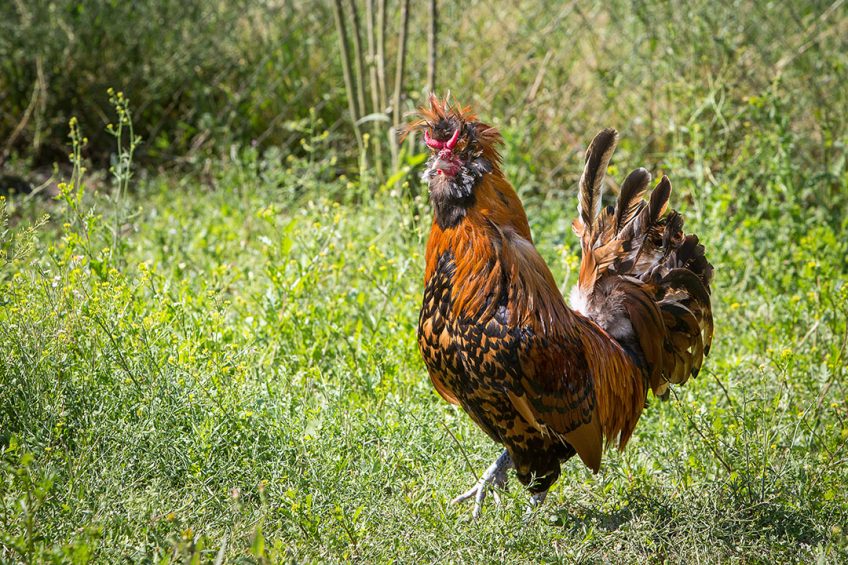Native birds as a valuable genetic resource

Italian researchers compared the quality of eggs from indigenous chicken breeds and commercial layers and saw positive potential in the gene pool of native birds.
The conservation of indigenous animal breeds is seen as vital to maintaining local genetic resources and biodiversity, and further contributes to the sustainability of animal production.
The use of commercial hybrids of layer chickens – selected for their high production performance – may be the precursor to a progressive reduction in genetic diversity. Indigenous breeds of chickens provide a pool of potentially useful genetic resources for commercial strains that are characterised by their native resistance and adaptability to environmental conditions.
Consumers want sustainable poultry products
European consumers increasingly demand healthier and more sustainable products. Eggs produced by indigenous breeds are an option. The quality of these eggs should be assessed as there are only a few publications on this topic. In the Emilia-Romagna region of Italy it was estimated that eggs from local breeds were smaller with a higher percentage of yolk. Another Italian study showed that eggs from local breeds had more pigmented yolks with a higher cholesterol content.
 Research looks at ‘forest chicken’ for animal welfare
Research looks at ‘forest chicken’ for animal welfare
The University of São Paulo has done research into the viability of a so called agroforestry system. The goal is to produce chickens inside a “forest” in order to increase the welfare level and to reintroduce the bird to its ‘natural environment’.
Portuguese study of eggs from indigenous poultry breeds
The present study conducted in Portugal looked at eggs from a number of different small farmers raising indigenous breeds (Amarela, Branca, Pedres Lusitanica, Pedres Portuguesa). These were eggs that are known for their physical and chemical properties, such as weight, shape index, Haugh units and yolk colour, as well as albumen protein, yolk fatty acid and mineral content. They were compared with eggs collected from commercial egg production (Tetra brown).
 Different bird, different egg characteristics
Different bird, different egg characteristics
Researchers looked more closely at the egg quality and egg albumen properties of duck, goose, pigeon, quail and turkey compared to domestic chicken eggs. Differences offer opportunities for new nutritional applications.
Difference in appearance of eggs
The Branca breed produces eggs with a lighter brown shell colour and lower Haugh Unit values not found in other breeds. The commercial eggs were more round in shape, with a darker coloured shell and yolk. The eggs were also heavier but with fewer Haugh units than the eggs from native breeds. Albumen and yolk content did not differ between breeds. Eggs from native genotypes matched the quality markers found in eggs from commercial strains.
Authors:
Madalena Lordelo, Joana Cid, Claudia M.D.S. Cordovil, Susana P. Alves, Rui J.B. Bessa and Ines Carolino, Poultry Science.









